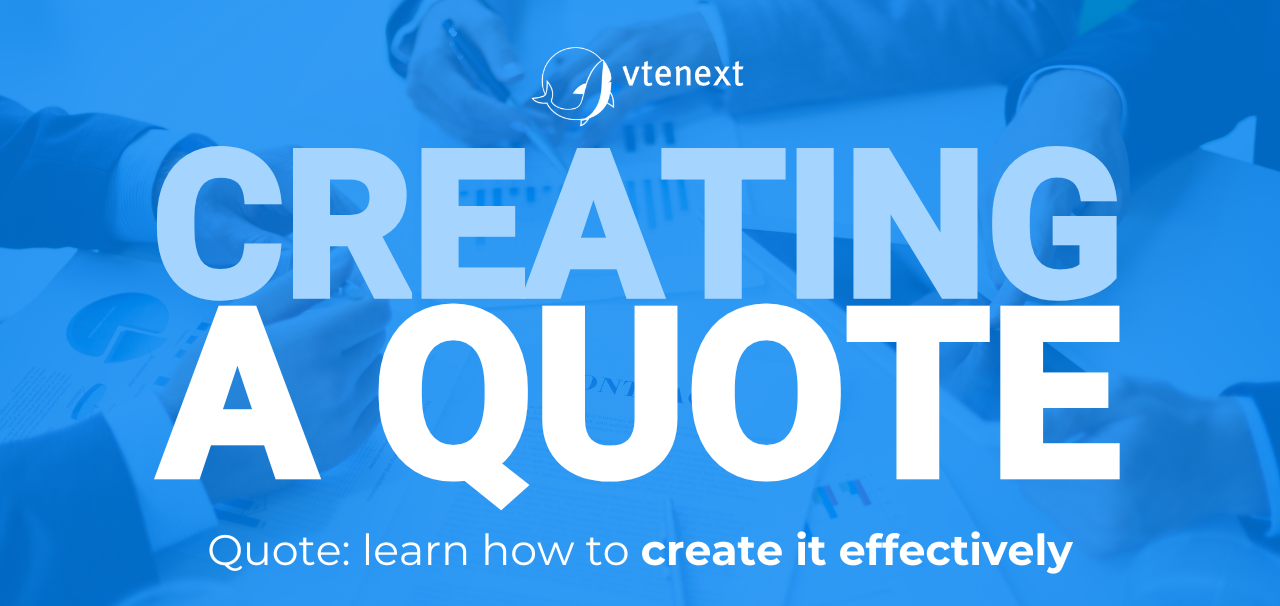Any proposal that aims to transform itself into a project requires clarity and coherence. In the context of a negotiation, the estimate represents the point at which ideas, costs and timing take concrete form. To be truly effective, it must include some essential elements: a timely description of the activities, the expected materials or services, deadlines, operational conditions and financial criteria. A precisely structured estimate helps to consolidate trust, enhance professionalism and facilitate every step towards the beginning of a solid collaboration.
Why does a good quote make the difference?
The first document that translates a proposal into concrete terms is the estimate. Precisely for this reason, in addition to being technically accurate, it must be legible, complete, consistent with expectations and with the tone of the relationship established so far. Indeed, at this stage attention to detail, listening ability and work organisation are measured. Every entry entered, every estimated timeline, every specified clause helps to outline the reliability of the bidder.
When well constructed, a quote facilitates comparison, clarifies the value of the proposal and reduces the margin of ambiguity. Whoever receives it is in a position to precisely evaluate what is offered, how it will be executed and with what resources. The result is a smoother decision making process, with fewer misunderstandings and a greater chance of starting a solid collaboration. A well-curated quote allows you to stand out, leaving a clear and concrete first impression.
What should not be missing from a quote
A well-made quote is immediately recognisable: it is clear, tidy and complete. It is not necessary to be verbose, but certain elements cannot be missing. First of all, the basic information: proper headings, contact details, date of issue, and sequential numbering. They are formal details, but they say a lot about the care and reliability of those who drafted it.
The central part of the quote, however, lies in the description of what is offered. Every activity, service or supply should be explained simply and precisely, without unnecessary technicalities, but with the right level of detail to really understand what is included. The clearer the items, the less space left for doubts or misunderstandings.
It is also essential to indicate the timeline: a detailed timetable is not always needed, but a realistic estimate of the work phases and overall timeline helps to clarify the commitment required. Added to this are the costs, broken down by items or sections, so as to make the reading of the overall value immediate.
The document closes with a section dedicated to the conditions: payment methods, validity of the offer, and any exclusions. This ensures misunderstandings are avoided and allows for an informed evaluation.
All the steps to creating a professional quote
Even before filling out a document, it is important to collect precise information and build a solid basis for discussion with the customer. The first step consists in listening: understanding the real needs, clarifying the objectives, collecting any technical or temporal constraints. Every detail that emerged in this phase becomes a useful piece for building a coherent and well-focused proposal.
Once the perimeter of the project has been defined, the required timeframe should be estimated. It is not mandatory to provide rigid dates, but indicating a general timeline helps both parties to evaluate feasibility. The estimate must take into account the existing workload, the availability of external collaborators and the variables that could slow down the process.
The third step involves assessing the value of resources: materials, tools, professionals involved. All elements must be analyzed carefully, both in terms of cost and usefulness, so as to provide a realistic economic picture. Any external consultancy or specialized figures should also be clearly indicated.
At this point, we move on to the structure of the document. Dividing the quote into clear sections, with detailed items and transparent prices, facilitates understanding and conveys a sense of order. The concluding part should not be overlooked: general conditions, validity of the offer, payment methods, possibility of revision or adjustment.
Cost estimation: how to avoid mistakes
One of the most delicate and, at the same time, decisive steps in creating a quote is the cost estimate. To do this, it is necessary to develop a sustainable projection that takes into account the value of the work, the complexity of the activities and the management of resources over the project duration. An error at this stage can compromise the profitability of the project or undermine customer trust.
To avoid underestimation, it is useful to distinguish between direct costs – such as materials, equipment, and supplies – and indirect costs, which are often less obvious but equally relevant. This second category includes overheads, administrative expenses, and the use of digital tools or specialized software. Ignoring them can lead to margins that are too small or even loss-making operations.
Another aspect to consider is the workforce, whether internal staff or external collaborators. It is essential to realistically estimate the time needed for each phase, including any revisions, testing, or post-delivery activities. Adding a contingency allowance for unexpected events or design changes can help protect the economic balance of the entire offer.
An accurate analysis of costs must also be aligned with the financial capacity of the person advancing them. Checking cash availability to cover any advances on materials or supplies is an often underestimated but essential step.
Finally, transparency in the presentation is an integral part of the estimate itself: a customer who understands the origin of each figure will be more inclined to accept it and appreciate the professionalism of the interlocutor.
Tailor-made quotes: adapting without selling out
Each project has certain characteristics and an effective estimate must be able to interpret them without losing balance. Adapting to the customer’s needs does not mean lowering the value of the proposal, but adjusting timelines, resources, and solutions to fit the context.
Again, attentive listening underpins a custom-built offer, as does the ability to summarise effectively and a strategic assessment of priorities. You have to be able to identify which elements can be modified – for example the structure of the operational phases or the level of detail of the services – while ensuring that the quality of the final result remains unchanged. Sometimes it is possible to redefine the format, review the scheduling of work or propose less onerous alternatives, but any adjustment must be supported by a clear and shared logic.
Reducing margins, waiving fair compensation, or ignoring ancillary costs in order to be more competitive on price will, in the medium term, weaken the entire professional structure. Every intervention has a value, which must be communicated and defended consistently.
Even in cases where the customer’s budget is limited, there are creative solutions that help contain costs without compromising effectiveness. Modularity, optional services, simplified versions of the service: all valid tools for building a tailor-made offer without making detrimental compromises.

